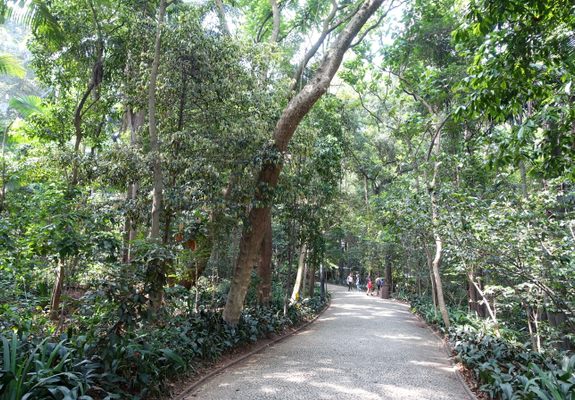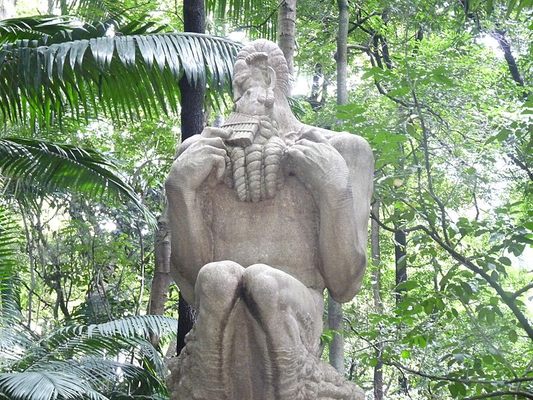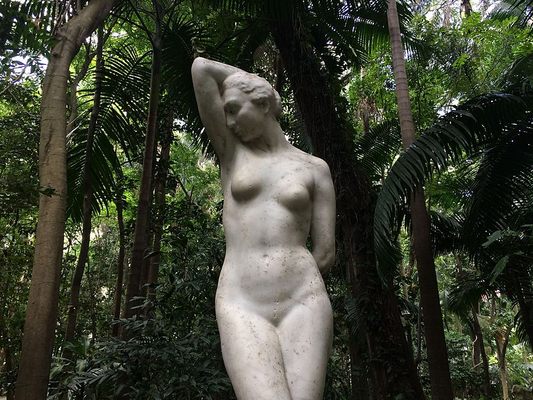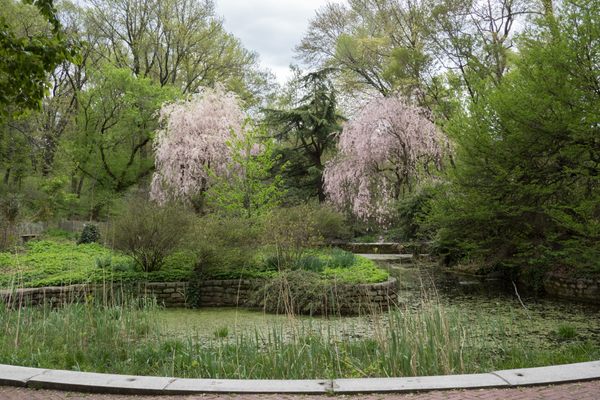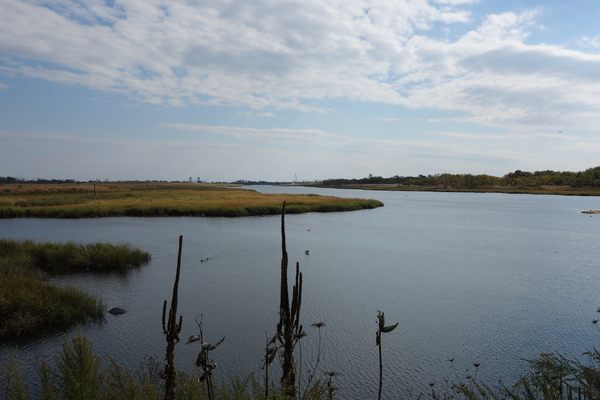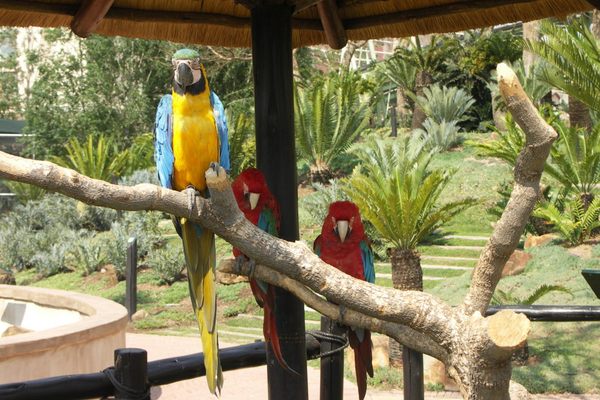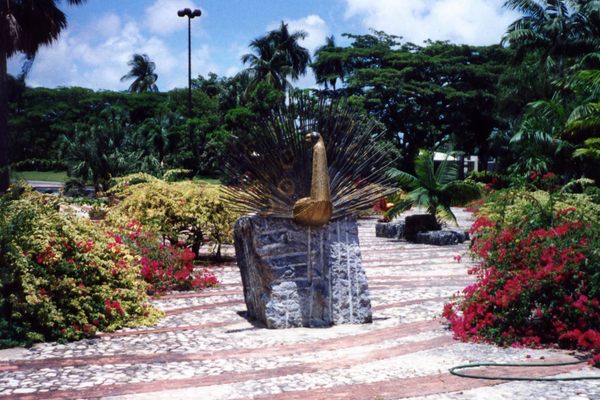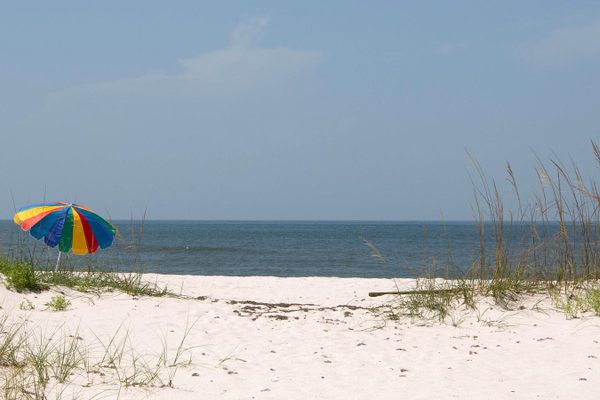About
This city park is so lush, you can easily forget you’re in the middle of a bustling metropolis. It feels like a small slice of the jungle, conveniently placed within São Paulo.
Numerous trails wind around the park. The paths lead you among all kinds of native species of palms and trees such as the iron wood, jequitibá, zebra wood, Nectaranda, and of course the "Pau Brasil" (the Brasilwood tree), which the country is named after.
The park is also home to a surprising variety of native wildlife. Over 29 species of birds have been reported within the park, including numerous hummingbirds and even parrots such as the white-eyed parakeet and the maroon-bellied parakeet. There are also some resident two-toed sloths; however, these are much harder to see due to the dense foliage.
You’ll find some human-made attractions, too. A number of sculptures with a Greco-Roman theme, such as a sublime dryad and a surreal faun, are sprinkled throughout the park. There are also benches where you can hunker down with a book or simply sit and watch the world go by.
Related Tags
Know Before You Go
One of the entrances of the park is located on the main avenue of São Paulo, directly opposite the Museum of Art of São Paulo Assis Chateaubriand (MASP). This makes it a perfect place to visit after seeing the paintings of Van Gogh, Renoir, Bacon and Bosch at the MASP, or just to get back in contact with nature after having a stroll in the city.
The park is open from 6 a.m. to 6 p.m. and is safe to visit as it is patrolled by armed police. Do not visit after it closes, as it becomes far less safe.
Wild Brazil: Rivers, Dunes & the Amazon
Explore Amazon villages, fish for piranha, and cool off in lagoon-covered sand dunes.
Book NowPublished
March 5, 2019
